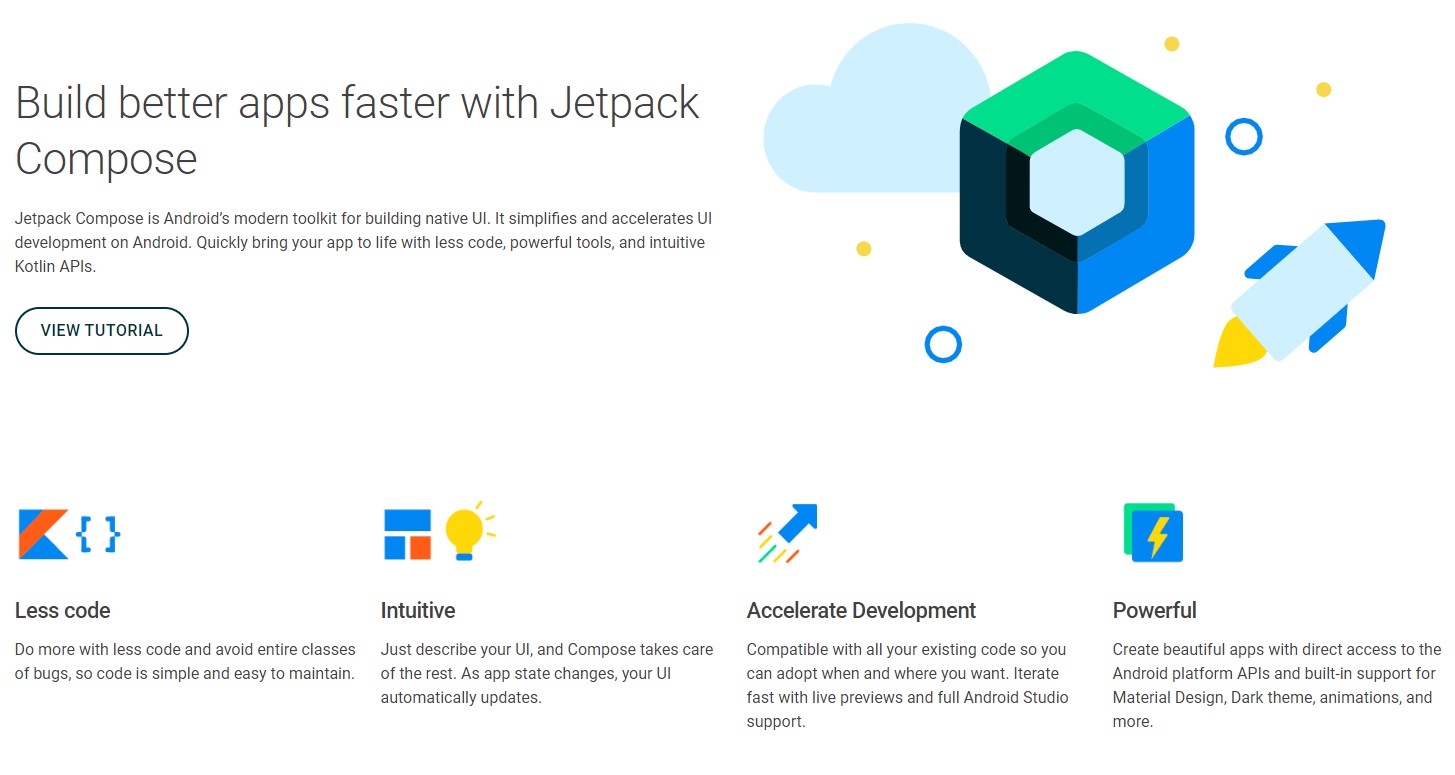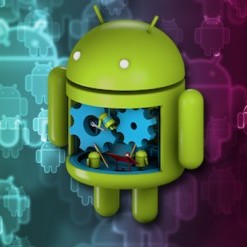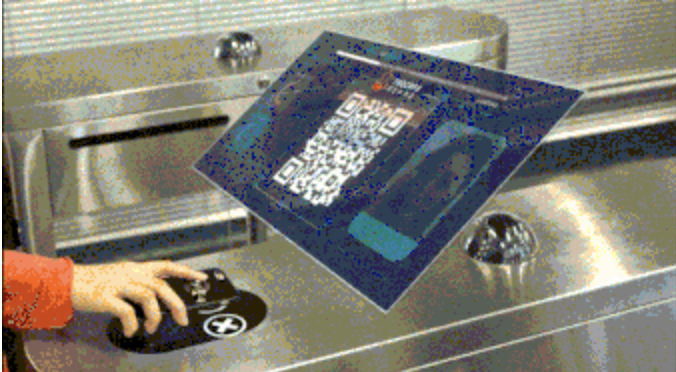Internationalization and Localization for Mobile Applications

Grio was recently asked by Soundwater Technologies to add Spanish and Portuguese translations to their iOS and Android mobile applications. The app pairs with Soundwater’s hardware to use ultrasonics to measure water flow. This project was a large undertaking, but it could have been avoided: if internationalization and localization patterns had been used during the initial app development, the process would have been nearly instantaneous.







